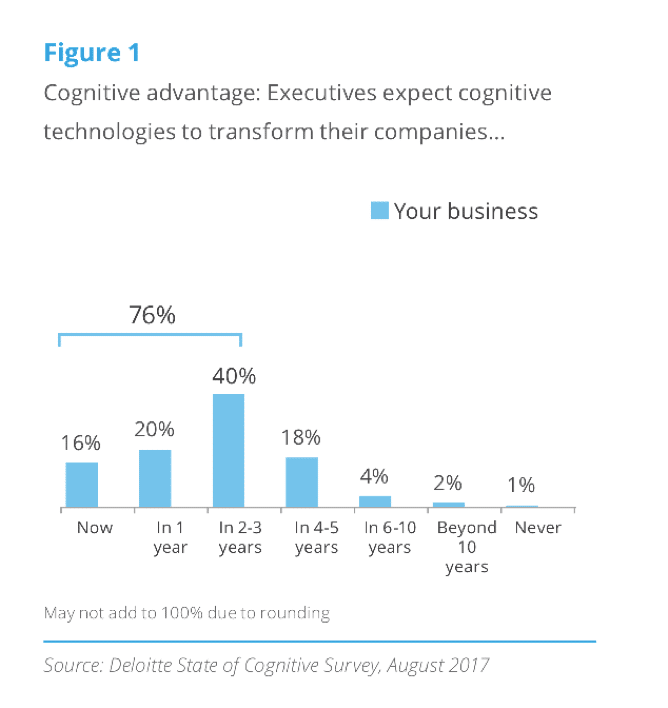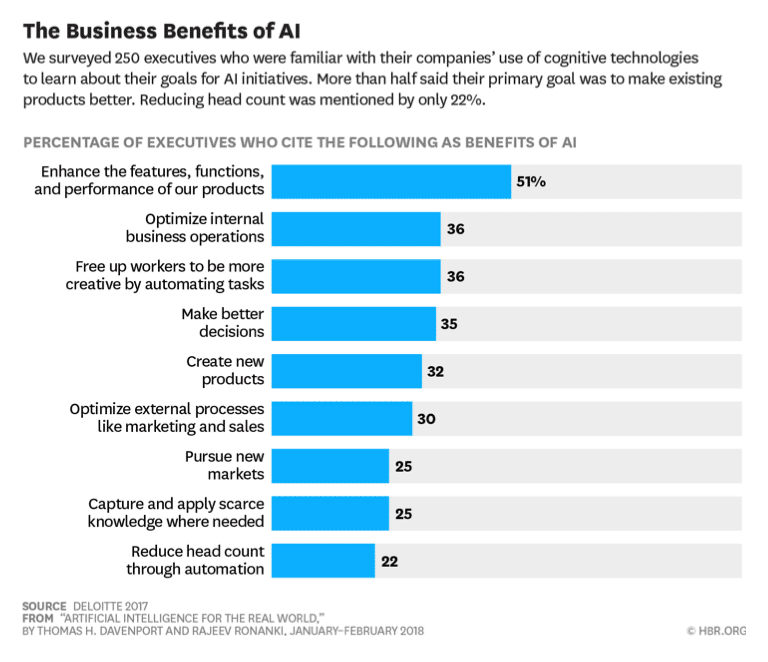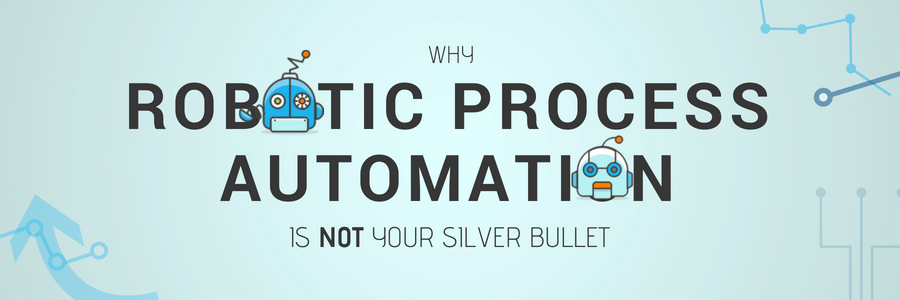By , Marketing Executive
A lot of people think that robotic process automation (RPA) is a new technology that just came to fruition.
This is not true.
It is definitely a buzzword at the moment, but in actuality, RPA has been around for years.
Remember when automated customer service systems first made their debut? You’d call a company trying to figure out your balance, understand a warranty or return a product to find yourself talking to an automated machine? That, my friend, was the birth of RPA.
RPA can look like bots that chat with us via the internet, bots that enter data into systems automatically, bots that extract data off of documents, generate mass emails, deliver invoices, update CRM systems, payroll management – the possibilities are endless.
As McKinsey and Company reports, RPA will have a potential economic impact of nearly 6.7 trillion (yes, I said trillion) dollars by 2025. Folks that’s only a couple years away.
However, even though this number is staggering, RPA is not your silver bullet.
Let me repeat myself, RPA is not your silver bullet.
RPA is a great technological advancement and it does create a lot of efficiency benefits:
- Eliminates manual data entry
- Increases processing speeds
- Reduces need for human capital
- Makes processes more consistent and scalable
However, it is an efficiency tool that is quickly becoming the norm.
When you first implement RPA you will see an increase in productivity, savings in operational costs, and maybe even happier employees.
But it will not put you at a competitive advantage.
Why?
Because RPA is becoming the standard for how companies operate just to stay in the game.
So, if RPA is not the silver bullet, then what is?
Robotic Process Automation + Augmented Intelligence = Silver Bullet
Don’t get me wrong, RPA is great for automating structured tasks that do not require context or human judgment, but for processes that do require some type of judgment/decision, that is where RPA combined with AI becomes your silver bullet.
As Erik Brynjolfsson and Andrew McAfee explain in their blog, AI is the most important general purpose technology of this era.
They explain that every era has had that one technology that changed the course of human interaction forever. The steam engine in 1745. Commercial electricity in 1870. The internal combustion engine in 1859. The internet in the 1950s. Each of these technologies are used in a number of different ways. Think about how many ways you use electricity on a daily basis. It’s part of almost everything you do all day.
That is what Erik and Andrew mean – the possibilities of AI are endless. As an “Applied AI” blog states, you can leverage it in anything from marketing pricing and optimization to deception security.
 Seventy-six percent of respondents surveyed in Deloitte’s State of Cognitive Survey stated they expect cognitive technologies to transform their companies in three years with expected benefits ranging from enhanced business processes to entering into new markets.
Seventy-six percent of respondents surveyed in Deloitte’s State of Cognitive Survey stated they expect cognitive technologies to transform their companies in three years with expected benefits ranging from enhanced business processes to entering into new markets.
That means the majority of companies have already or are about to embark on their AI journey. I wonder how many of them are combining RPA and AI.
Getting started on your silver bullet journey is not something you can simply jump into. You can’t build a house without the frames to hold up the walls. The same goes for leveraging RPA and AI within your organization. As companies continue to work on transforming in the digital age, they MUST lay the proper foundation FIRST.
How to Get Started With RPA and AI
First things first, you need a good understanding of the difference between RPA and AI. This includes knowing where RPA starts and when it stops to let AI take over. CFB bots do a great job of explaining this in “The Difference Between Robotic Process Automation and Artificial Intelligence.”
When integrating RPA into your processes, it’s best to start with a small-scoped project that runs as a pilot. Here are high-level suggested steps to follow:
- Choose a business process to automate.
- Identify the underlying systems and platforms used to complete the task.
- Work with business owners to document the current process from end to end, with each input, review, decision, and output identified.
- Define the expected ROI and the KPIs used to measure success.
- Assess your current landscape of systems. Look at the hardware and software tools available and select the best fit for your organization.
- Select RPA software. Check out this article, “Which is the best Robotic Process Automation tool in the market now?”
- Design your process maps.
- Create POC processes.
- Gather analytics and data to measure your KPI
 Erik and Andrew also explain how machines have low interpretability — meaning that humans have difficulty figuring out how the system reached a decision. This opens the lines up for three potential risks:
Erik and Andrew also explain how machines have low interpretability — meaning that humans have difficulty figuring out how the system reached a decision. This opens the lines up for three potential risks:
- The machine may have hidden biases based on the data used to train it.
- It is impossible to prove with complete certainty that the system will work in all cases because it is built on neural network systems that deal with statistical truths rather than literal truths. This means there’s a lack of verifiability and when operations are potentially harmful to humans, companies do not want to chance it.
- When the machine makes errors, diagnosing and correcting exactly what’s wrong can be difficult.
Despite its risks, RPA is the way of the world. It’s no longer a technology that will put you ahead of your competitors because it’s an expected standard within your processes. If you want to remain competitive, it must be combined with augmented intelligence.
To continue learning on your silver bullet journey, below are some helpful resources:

Dayna Carlin
Marketing Executive
About the Author: I currently oversee the Marketing Department at Pyramid Solutions where I really enjoy the ability to work the front lines as well as steer from the back. I am a dog lover, avid Crossfiter, and a lifelong learner.

